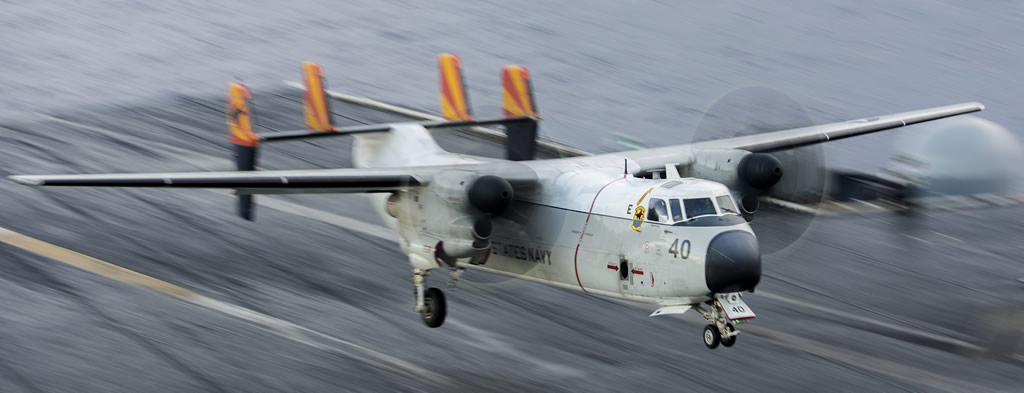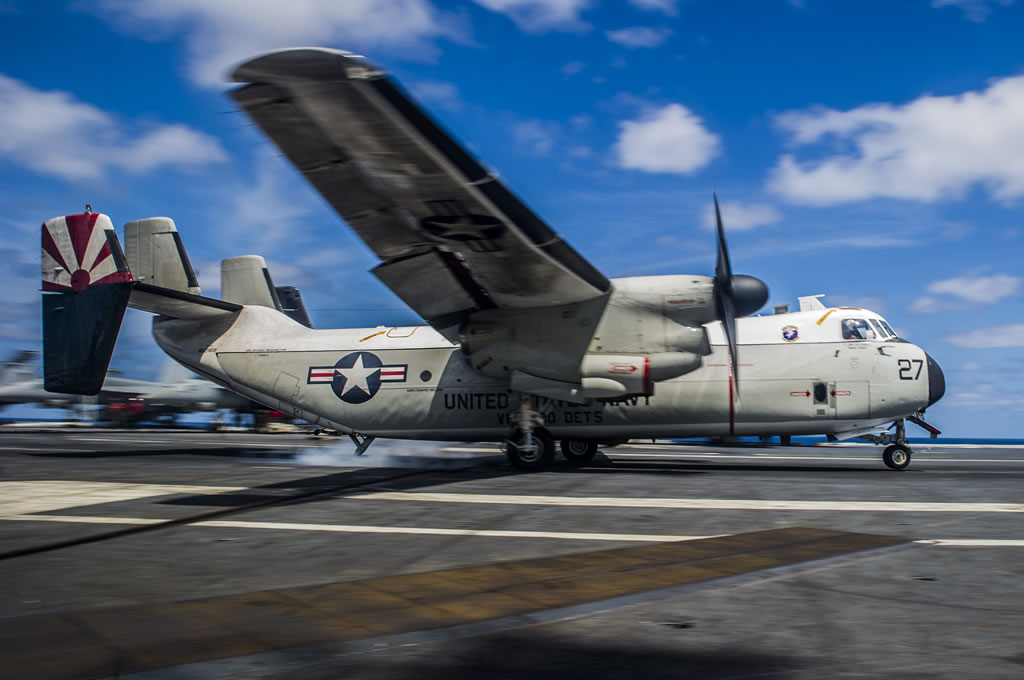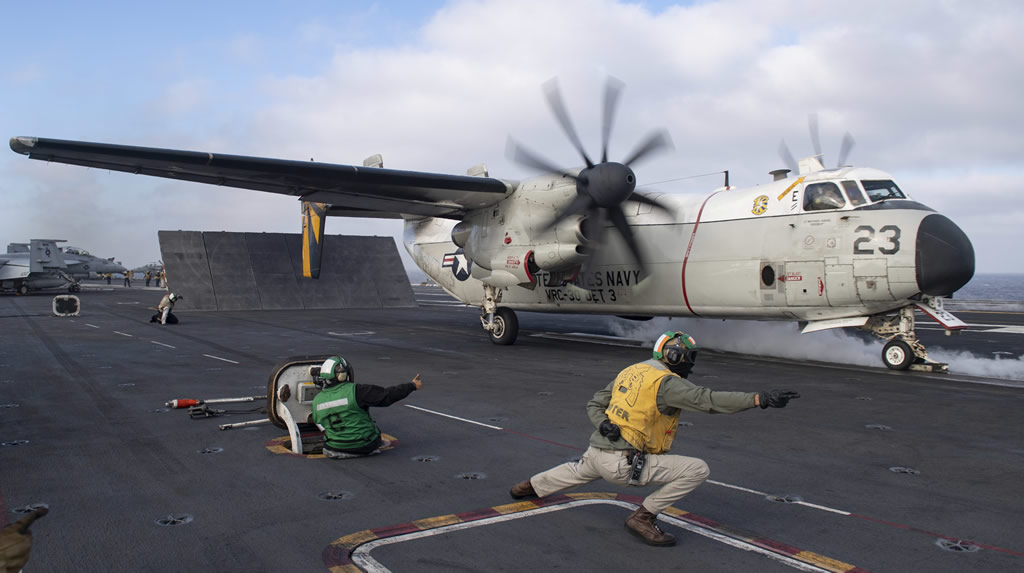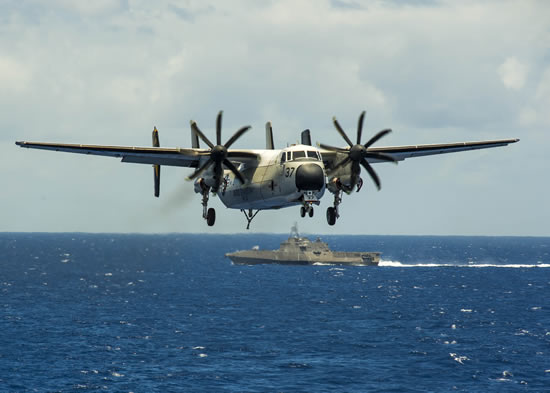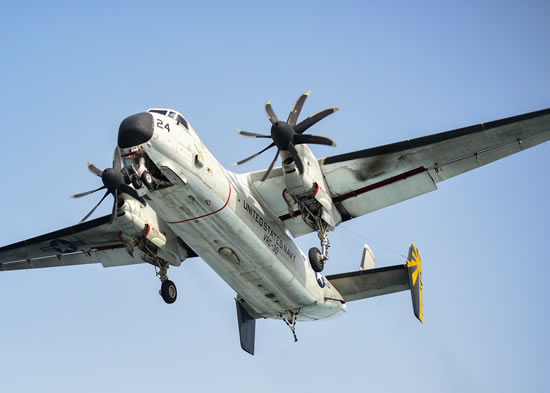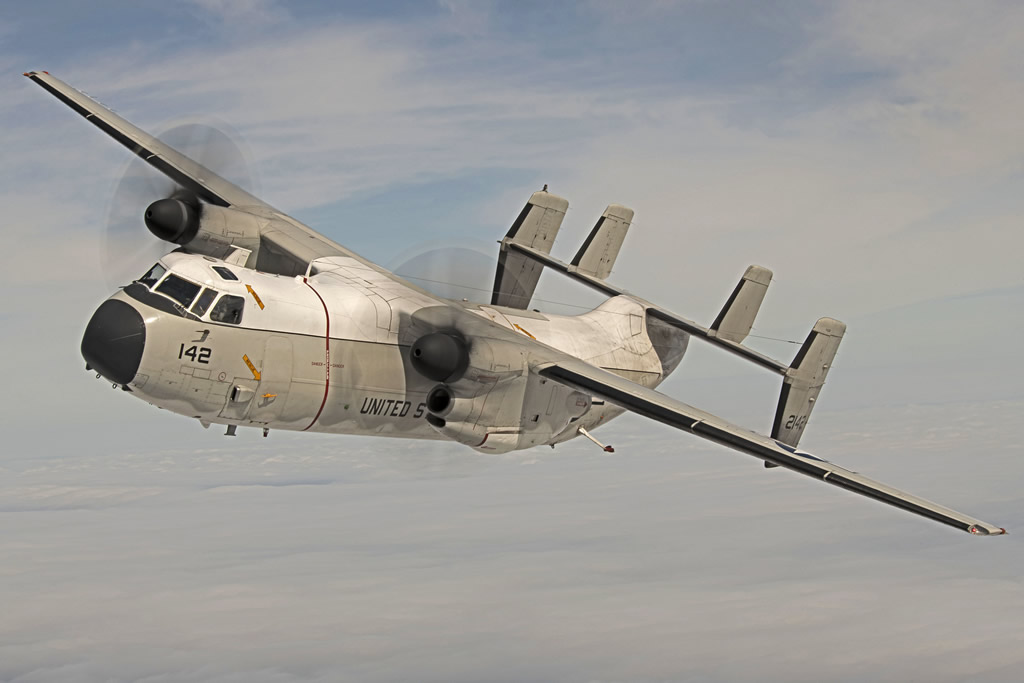Replacing the Agina C-2 Greyhound: Advancing Naval Aviation Logistics
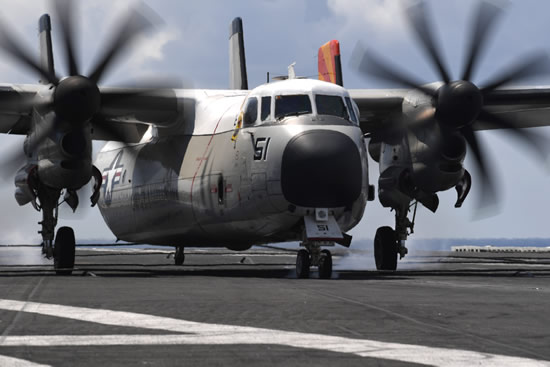
One of the oldest aircraft employed by the United States Navy in its aircraft carrier operations will soon be phased out. The turbo-propelled C-2A Greyhound, produced by Northrop Grumman in the 1960s, will be replaced by the CMV-22B, which is scheduled to enter service in 2024. In today’s video, we are going to explore the technical features and advantages that the CMV-22B brings over its predecessor.
The C-2A Greyhound, manufactured by Northrop Grumman, has been in service since the 1960s, but its retirement is on the horizon. The CMV-22B is set to take over its responsibilities, providing not only cargo delivery but also high-end logistics support for the aircraft carrier strike groups of the United States Navy.
“The CMV-22B brings expanded capabilities not only to the carrier onboard delivery mission but to the high-end fight,” said U.S. Navy Captain Dewon Chaney, Commander, Fleet Logistics Multi-Mission Wing. “We are anxious to get it to the fleet and show off its immense capabilities and agile flexibility.”
The C-2A Greyhound is a twin-engine, high-wing cargo aircraft designed to provide logistical support to carrier strike groups of the United States Navy. The aircraft, manufactured by Northrop Grumman and in service since the 1960s, is a critical component of carrier operations.
One of the unique features of the C-2 is its ability to perform carrier onboard delivery (COD) operations, which involve landing and taking off from the deck of an aircraft carrier at sea. This capability allows the C-2 to provide crucial support and replenishment for the carrier strike group, ensuring that the group remains supplied and ready for operations.
The C-2 has been involved in several notable overseas operations over the years, including the Vietnam War, the Gulf War, and the War in Afghanistan. In addition to its primary role as a logistics support aircraft, the C-2 has also been used for various other missions, such as search and rescue and humanitarian relief efforts.
Despite its long and successful service history, the C-2 has faced criticism for its age and the cost of maintaining and upgrading the aircraft. However, the U.S. Navy has maintained that the C-2 remains a critical component of carrier strike group operations and plays a vital role in supporting the carrier’s combat capabilities.
Overall, the C-2 Greyhound has been a versatile and reliable carrier-based aircraft, but the introduction of the CMV-22B represents a significant step forward in enhancing the logistics and operational capabilities of the United States Navy’s carrier strike groups. The CMV-22B’s expanded capabilities and adaptability are expected to make it a valuable asset in naval operations for years to come.
Hits: 8
